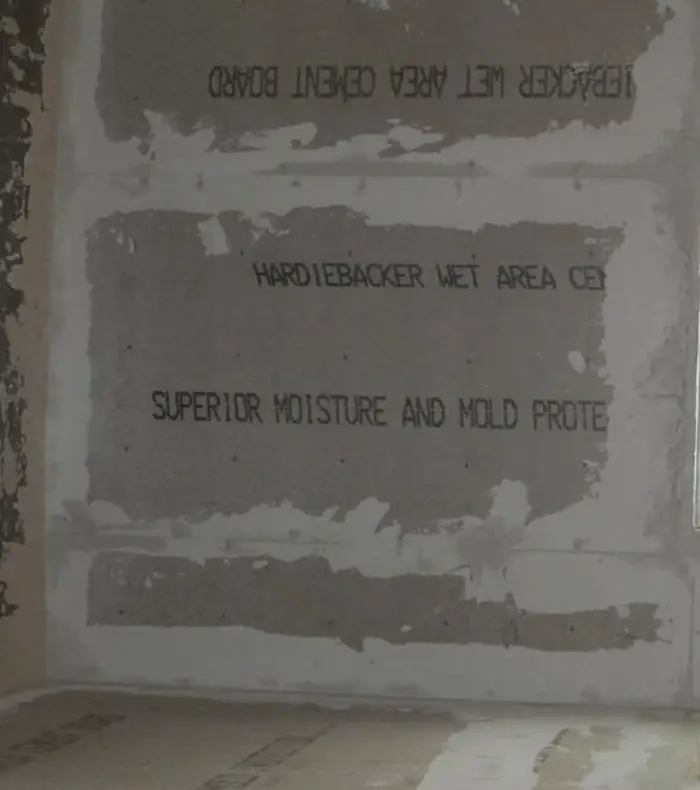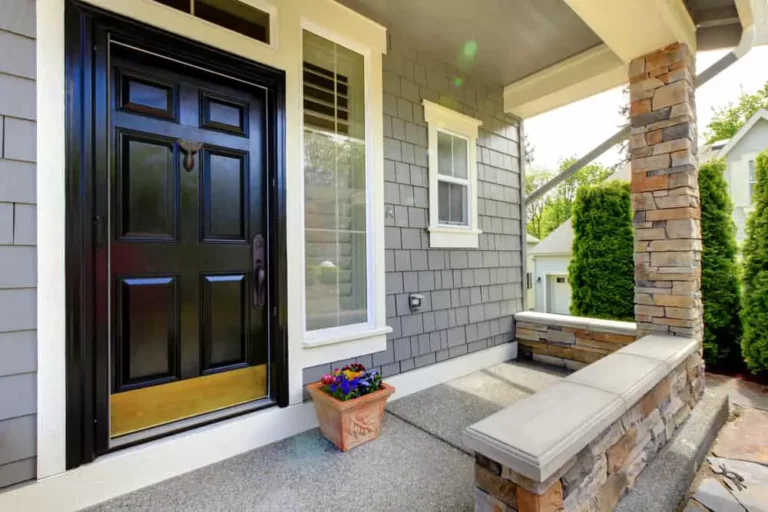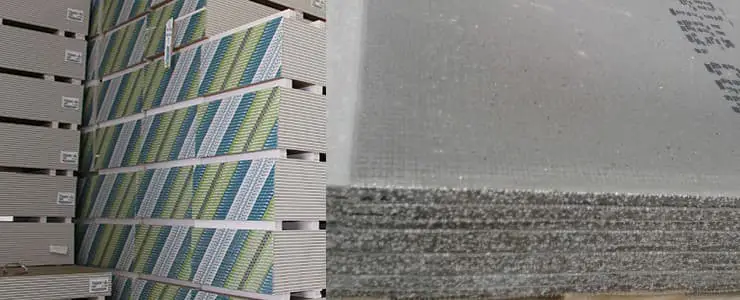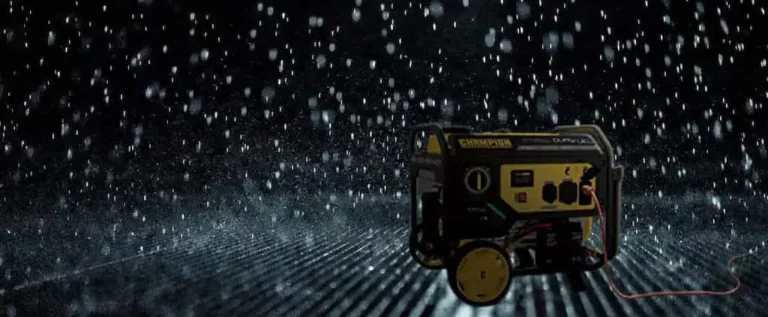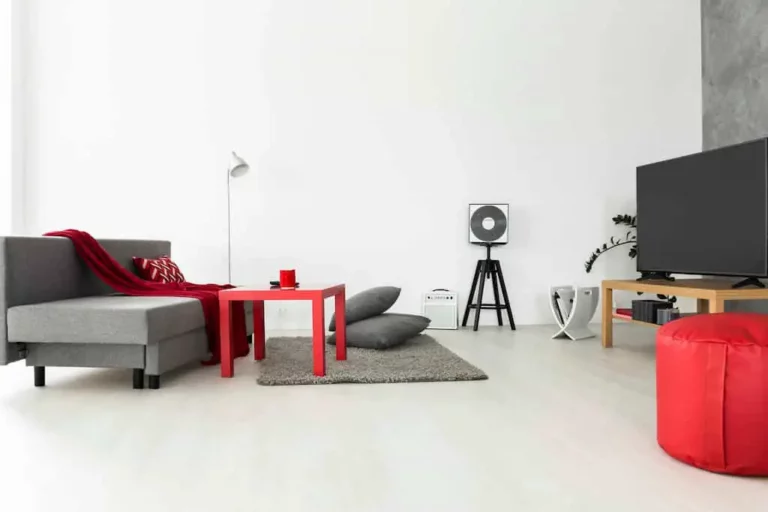How To Run An Extension Cord From Generator To The Home
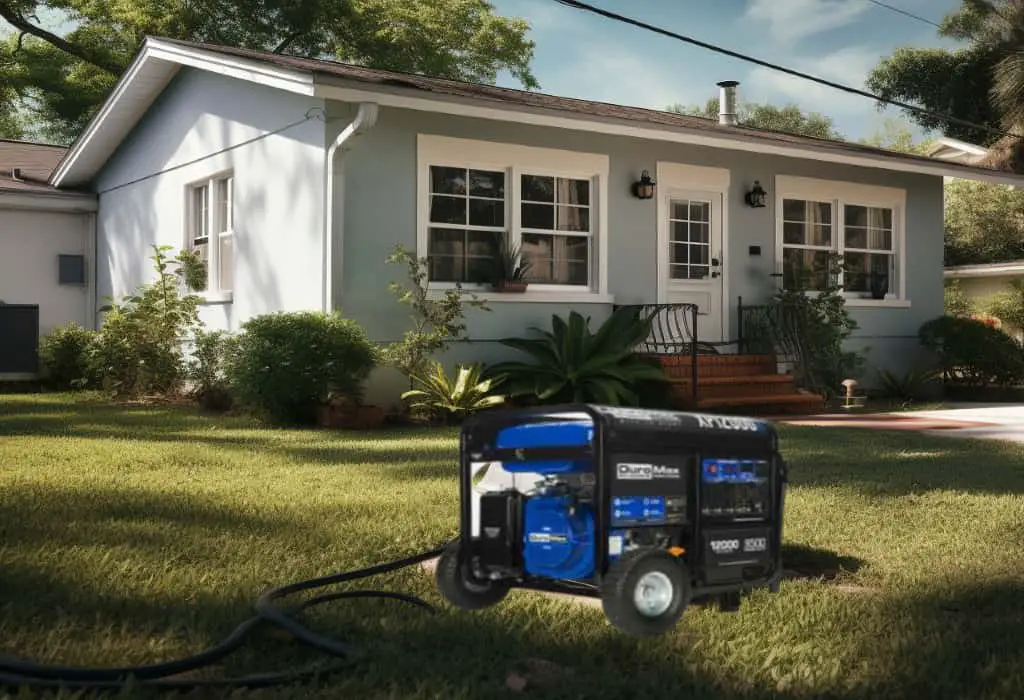
More and more people are investing in portable generators to keep their homes powered during power outages. While owning a generator can provide a sense of security no matter the weather conditions, operating it can be confusing. Many small household appliances can be powered by running an extension cord directly from the generator into the home.
How to run an extension cord from a generator to the home:
- Position generator outside
- Ground generator
- Know where to put cord through into the house
- Use a 3-prong grounded outlet cord
- Connect appliances to the cord
- Stagger the use of devices drawing power
- Switch generator off after use
Owning a portable generator and knowing how to use it safely are often two different things. Follow our generator operating tips to learn how to confidently run an extension cord from your standby generator to provide backup power to your appliances when needed.
How To Run An Extension Cord From Generator To The Home
When working with electricity, safety must always be the priority. After all, it is something that most of us only occasionally need, and being faced with a machine with loads of plug points and switches can be confusing.
To set the scene, let’s cover a few vital things that you should never do when using a portable generator:
- Never plug appliances directly into the generator.
- Never use the generator inside the house, garage, or enclosed space. The machine must be a safe distance from the home where hazardous fumes and emissions can safely disperse.
- Never use an inexpensive household cord intended for indoor use. The only safe cord to connect the generator to the house is a 12- or 14-gauge heavy-duty extension cord.
- You cannot power large appliances into a generator, like the AC or furnace, into the generator using an extension cord.
- Never plug the generator cord into a wall outlet. Doing so would be extremely dangerous. If you need to power the entire house, connect the generator to the plugs in your home using a transfer switch.
7 Steps To Run An Extension Cord To The House
Running an extension cord directly from the generator is a simple method to keep your electric devices and small appliances running during short outages. If you have the correct equipment, which includes a three or four-prong grounded outlet extension cord, you will be good to go for keeping some parts of your home powered using the quick-connect method.
Step 1: Position The Generator in A Suitable Position
No matter how inclement the weather or how sure you are that your garage is far enough away from the house, a generator must always be positioned outside while it is in use. Carbon monoxide fumes can be deadly, so point the generators exhaust away from your house if possible.
The first step is finding a sheltered spot where the generator can be safely positioned outside the house. It must be a place where the generator extension cord can still lead all the way indoors. It is also important that the generator is protected from getting wet, so finding a suitable place to position it in wet weather can be tricky.
Step 2: Ground The Generator
You may need to read the manual that came with the generator to determine how your particular model should be grounded. Most generators can be grounded using wires or a jumper cable attached to a metal pipe or fence post.
Step 3: Find The Best Way For The Extension To Run Into Your Home
Never jam an extension cord in a door. Firstly, squashing the generator cord could damage it, and secondly, it becomes a tripping hazard for anyone entering or exiting.
Running the extension from the generator through a window in the house is recommended. There are lots of hacks and practical ideas to prevent burglars and mosquitoes from using the same entrance, so find one that fits your situation.
The cord should not be excessively long as there is a natural voltage drop in wire over long sections. While running a portable generator, you want to minimize any energy loss between the machine and the appliances you need to run.
Step 4: Plug The Cord Into The Generator
Only use the right extension cord that is specifically intended for outdoor use. These heavy-duty cords have a 3- or 4- prong grounded outlet.
Plug the cord into the 20- or 30-amp outlet plug on the generator.You can plug in a maximum of two heavy-duty extension cords to power some appliances in your home.
Step 5: Connect Appliances Directly To The Cord
Household appliances can be connected directly to the cord running from the generator. You can connect a power strip to the extension cord from the generator, but for added safety, use one with a built-in surge protector.
Step 6: Stagger The Use Of Home Appliances Drawing Power
Using an extension cord to run power into your home does not fully utilize a generator’s total capacity. If you need to provide power to your entire home, you need to run the generator using a manual transfer switch.
Most portable generators have two outlets for extensions. The amps indicated on the outlets are the maximum output that can be generated using this method. You won’t be able to plug everything in your house in at the same time without tripping the generator’s circuit breaker.
Using extensions directly from the generator to inside your home is only intended as a temporary measure to keep some important appliances running during outages. Avoid or stagger the use of power-guzzling items while using power from the generator.
Read my last article Can A Generator Run A Gas Furnace?
Step 7: Turn Off The Generator Safely
When you are finished powering the required electrical devices in your home or the power supply is restored, remember to do the following in this order:
- Shut off the main generator power breaker
- Turn the main switch on the generator to OFF
- Turn the fuel switch off
- Disconnect all devices or appliances connected to the cord
Conclusion
Running an extension cord directly from a portable generator into the house is a handy hack to use during occasional power outages. For a more permanent solution, it is advisable to install an outlet utility box to avoid needing to run an extension cord through an open window into the home.

